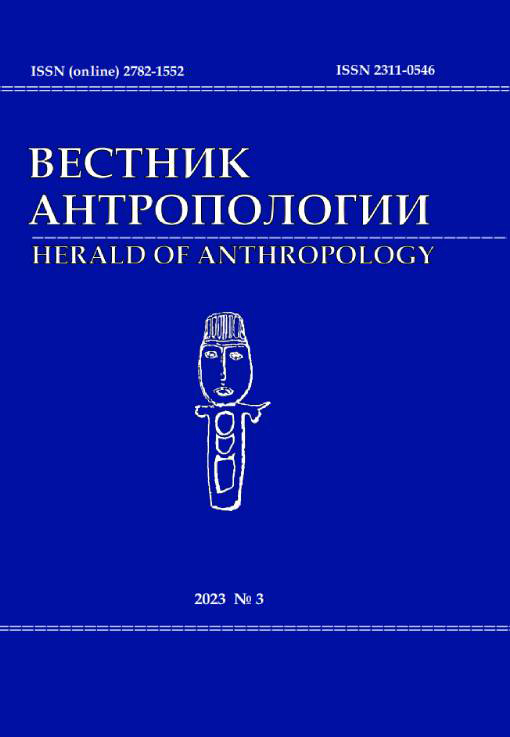«Произошли от вендов»: мифологема славянства в истории одного немецкого городского сообщества
DOI: 10.33876/2311-0546/2023-3/229-247
Ключевые слова:
славяне в Германии, венды, национальная идеология, бамбергские гэртнерыАннотация
Историография взаимодействий вендов и германцев/немцев в Средневековье имеет богатую традицию и сложна прежде всего тем, что эта история отстоит далеко во времени от изучающих ее. Северная Бавария была одним из регионов в современной Германии, в котором в средние века проживали племена славян-вендов. В статье на примере истории обращения со славянской мифологемой применительно к франконскому городу Бамберг показано, как инструментализировался факт славянского прошлого территории в ХХ в. и как современные представители одной обособленной профессиональной группы этого города пользуются им для выстраивания границ своей группы. В конце XX – начале XXI вв. «славянскость» Бамберга, как и других бывших славянских территорий современной Германии, представляется воображаемыми вендами, известными нам только из письменных источников, фрагментарных находок археологов, фольклора, научных построений и интерпретаций разных эпох. Даже после смены парадигмы исторической и этнологической дисциплин венды продолжают оставаться частью социальной памяти Бамберга, хотя и в границах всего одной, небольшой по численности профессиональной группы городских овощеводов. Наряду с собственно образом вендов в городскую коллективную память оказались включены перипетии исторических интерпретаций вендского прошлого как результат трансфера научного знания через политику и пропаганду в массовую культуру.






















